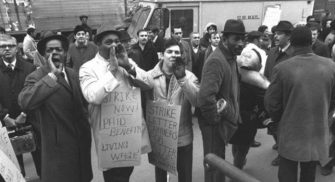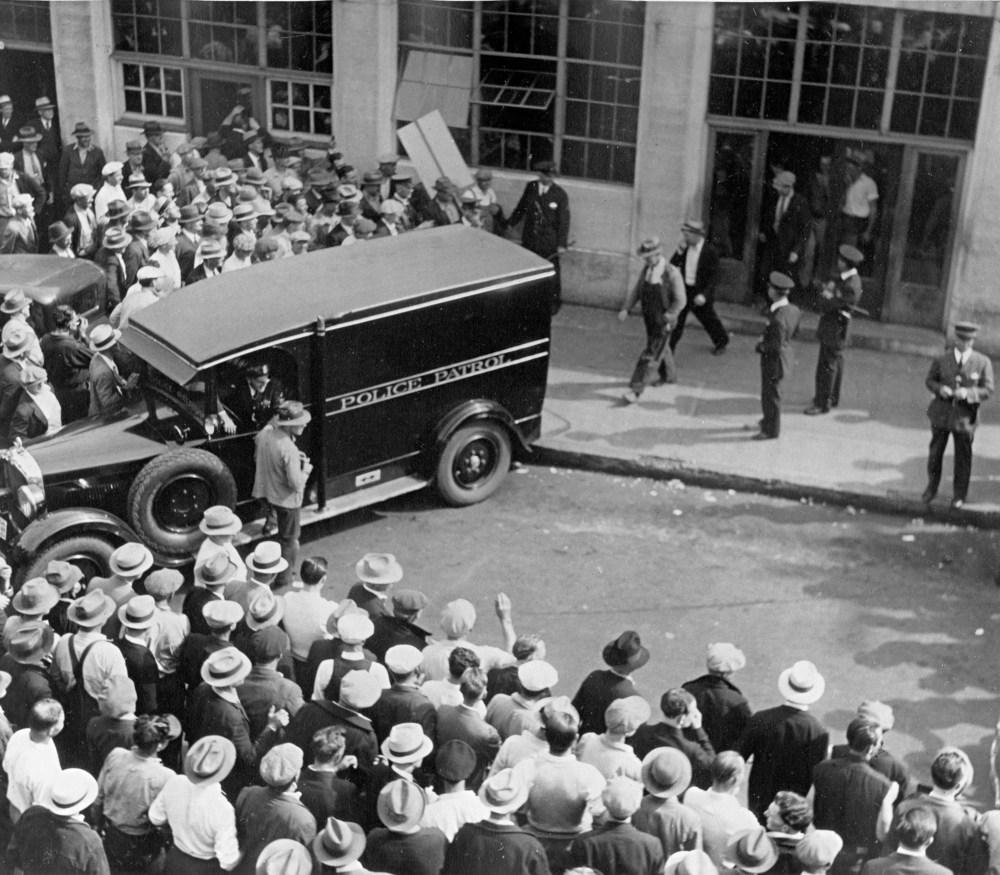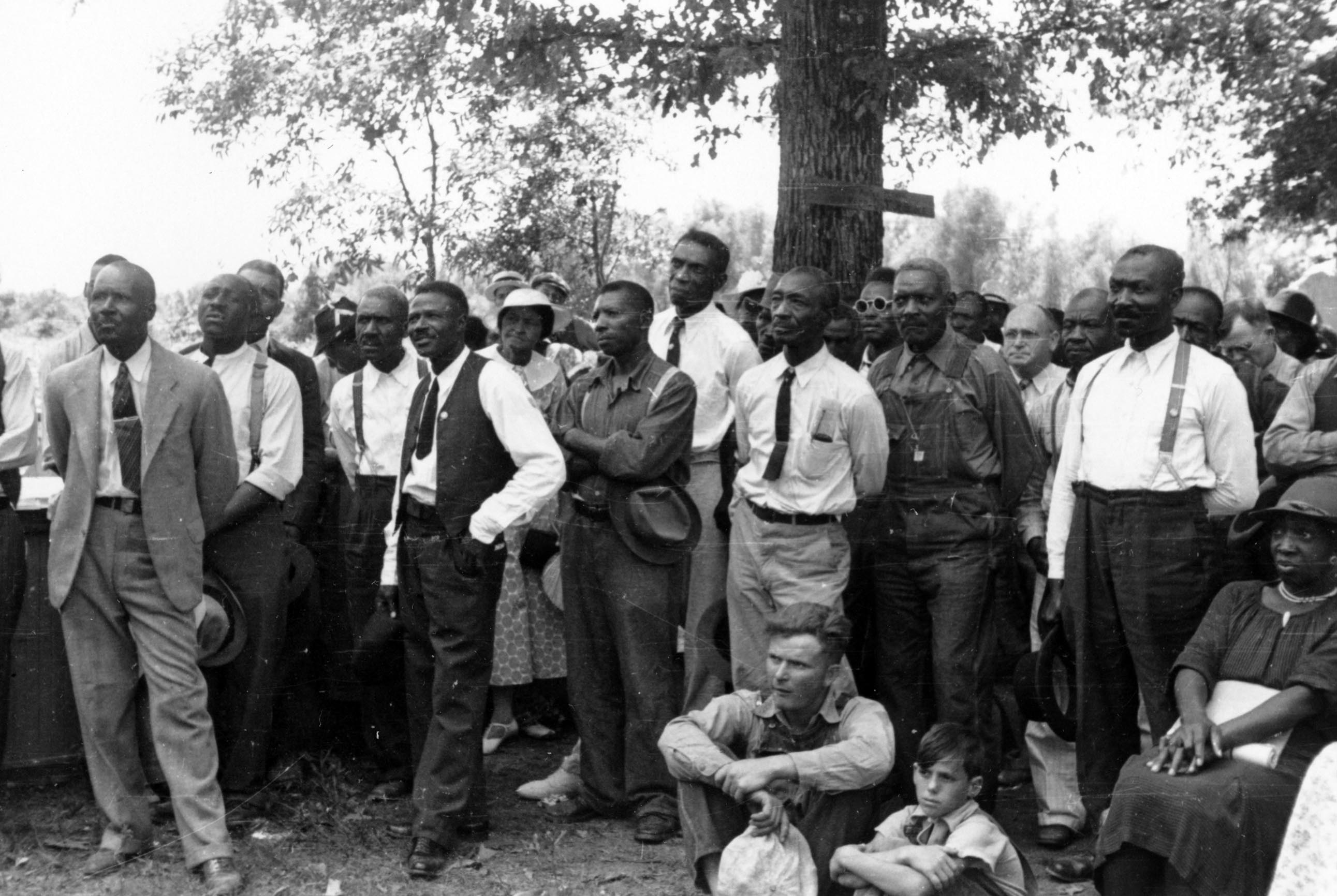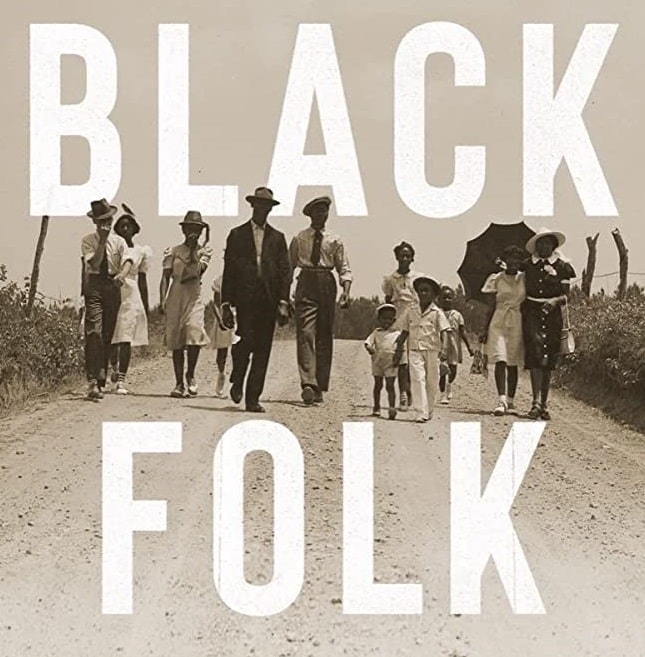The first mass work stoppage in the 195-year history of the Postal Service began on March 18, 1970, with a walkout of letter carriers in Brooklyn and Manhattan who were demanding better wages.
Ultimately, 210,000 (in 30 cities) of the nation’s 750,000 postal employees participated in the wildcat strike.
With mail service virtually paralyzed in New York, Detroit, and Philadelphia, President Nixon declared a state of national emergency and assigned military units to New York City post offices.
The stand-off ended one week later.
As Blair L. M. Kelley wrote in Black Folk: The Roots of the Black Working Class:
On March 18, 1970, postal workers in New York City began to walk out, forming picket lines outside the Grand Central Station Post office. Their strike was technically illegal; the Lloyd-La Follette Act gave federal employees the right to form unions but expressly forbade them to strike. The unions, and Black union organizers in particular, had made strides over the hundred-plus years that Black workers had been employed by the U.S. Post Office, but by the 1970s the good pay postal workers received had not kept up with inflation. . . .
Starting in New York City, where 30 percent of the postal workers were Black, the wildcat strike of 1970 tapped into the experience that came from years of fighting white supremacy in the ranks of the postal service.
Read more about the strike at the American Postal Workers Union website and watch their 16-minute video below.
The Strike that Couldn’t Happen from APWU Communications Dept on Vimeo.
Below are resources from the Zinn Education Project for teaching about labor organizing.












Twitter
Google plus
LinkedIn